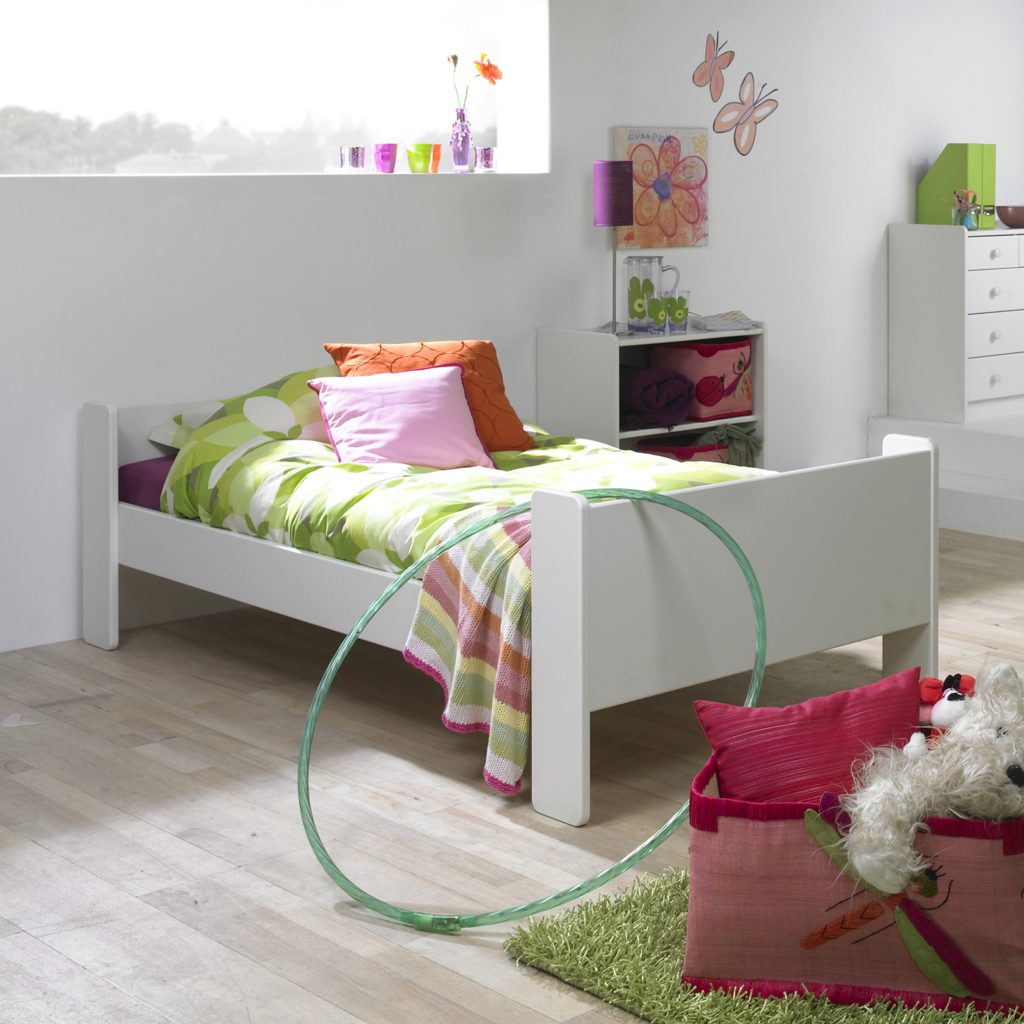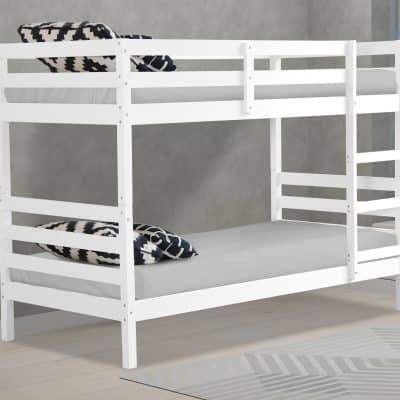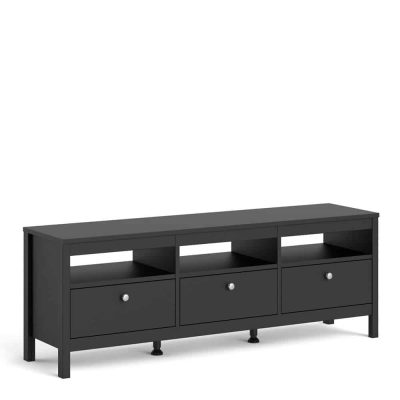When it comes to choosing the perfect bed for your child, you’re faced with a range of options. Among these, cabin beds and single beds are two popular choices. Each has its own set of advantages and considerations. In this comprehensive guide, we’ll explore the key differences between cabin beds and single beds for children, helping you make an informed decision that suits your child’s needs and the available space in their room.
Table of Contents
Introduction
The Importance of Choosing the Right Bed for Your Child
Selecting the right bed for your child is not a decision to be taken lightly. A bed is not just a place to sleep; it’s a central element of their room, a space for play, study, and relaxation. Choosing the right bed can significantly impact your child’s comfort and overall well-being.
Overview of Cabin Beds and Single Beds
Two popular options for children’s bedrooms are cabin beds and single beds. While both serve as comfortable places to sleep, they come with distinct features and advantages. In this guide, we’ll delve into the differences between cabin beds and single beds, allowing you to make an informed choice.
Cabin Beds: Space-Saving Marvels

Defining Cabin Beds
Cabin beds are known for their space-saving capabilities. These beds are designed with practicality in mind, featuring an elevated sleeping area with open space underneath. The space underneath can be used for various purposes, such as storage, play, or study.
Advantages of Cabin Beds
- Space Utilization: Cabin beds are ideal for rooms with limited space. By elevating the bed, they free up valuable floor space for other activities.
- Storage Solutions: Many cabin beds come with built-in storage options, such as drawers, shelves, or cabinets. This is perfect for organizing your child’s belongings.
- Play Area: The open space beneath a cabin bed can be transformed into a play area, creating a cozy nook for games and imaginative adventures.
- Study Corner: Some cabin beds feature a built-in desk or workspace, providing a quiet and dedicated area for study and homework.
Types of Cabin Beds
Cabin beds come in various styles to suit different preferences and room layouts:
- Standard Cabin Bed: These are the classic cabin beds, offering an elevated sleeping area with space underneath for customization.
- High Sleeper Cabin Bed: High sleeper cabin beds are loft-style beds that offer a raised sleeping platform, leaving ample space underneath for additional furniture or activities.
- Mid Sleeper Cabin Bed: Mid sleeper cabin beds provide a balance between elevated sleeping space and room underneath, often including storage or a study area.
Single Beds: Classic Comfort

Understanding Single Beds
Single beds are the classic and most straightforward choice for children’s bedrooms. They consist of a simple bed frame with a mattress, providing a comfortable sleeping space.
Advantages of Single Beds
- Comfort: Single beds offer a comfortable and familiar sleeping arrangement, making them a great choice for a restful night’s sleep.
- Versatility: Single beds can adapt to changing needs as your child grows. They are suitable for children of various ages and can easily be redecorated to match evolving tastes.
- Minimalist Design: Single beds come in a variety of styles, from traditional to modern, allowing you to choose a design that complements the room’s aesthetics.
- Single Beds with Storage: You can find single beds with storage drawers or trundle options, providing additional space for bedding or personal items.
Factors to Consider
When deciding between cabin beds and single beds for your child’s room, several factors come into play:
Space Availability
Consider the size of the room. If the room is relatively small, a cabin bed may be the ideal solution, as it optimizes vertical space and provides storage options. In larger rooms, a single bed may be more appropriate, especially if you prefer a classic and spacious look.
Age and Safety
The age of your child matters. Cabin beds, especially high sleepers, may not be suitable for very young children due to safety concerns. If your child is older and can safely navigate an elevated bed, a cabin bed can be a versatile choice.
Storage Needs
Assess your child’s storage needs. If the room lacks sufficient storage space, a cabin bed with built-in storage options may be the answer. If you have separate storage solutions in the room, a single bed might provide the simplicity your child desires.
Room Aesthetics
Consider the room’s aesthetics. Cabin beds offer a unique and often playful look, which can be appealing in a child’s room. Single beds provide a more traditional and versatile design, allowing you to customize the room’s overall appearance.
Conclusion
In the cabin beds vs. single beds debate, the right choice ultimately depends on your child’s needs, the available space, and your preferences. Cabin beds are ingenious space-savers, ideal for small rooms and kids who love to play and study in their bedroom. Single beds offer classic comfort, versatility, and a minimalist design that suits a range of room aesthetics.
To make the right decision, carefully assess your child’s age, the room’s dimensions, storage requirements, and desired room aesthetics. Whichever bed type you choose, make sure it creates a comfortable and functional space for your child to sleep, play, and grow. In the end, the best bed is the one that best serves your child’s needs and brings them joy in their personal sanctuary.




